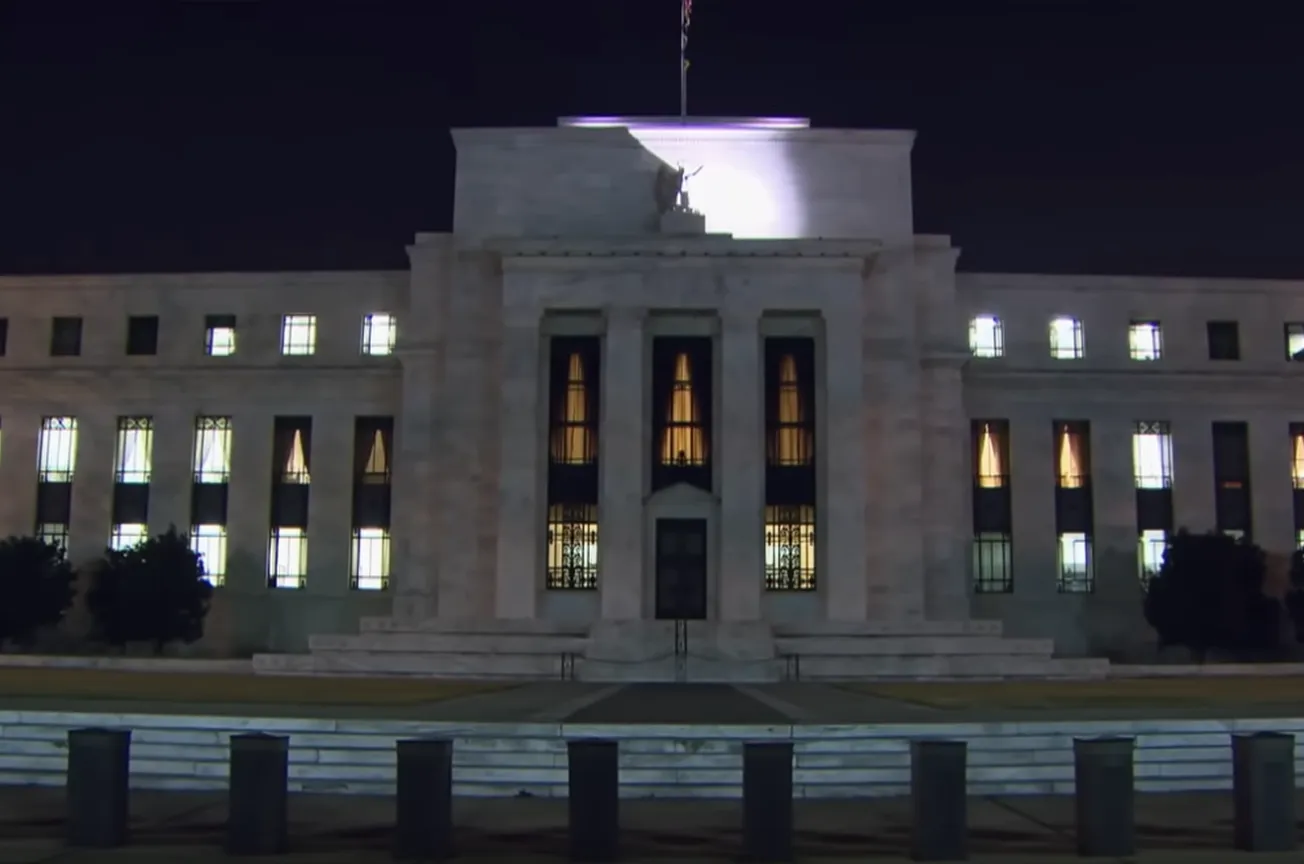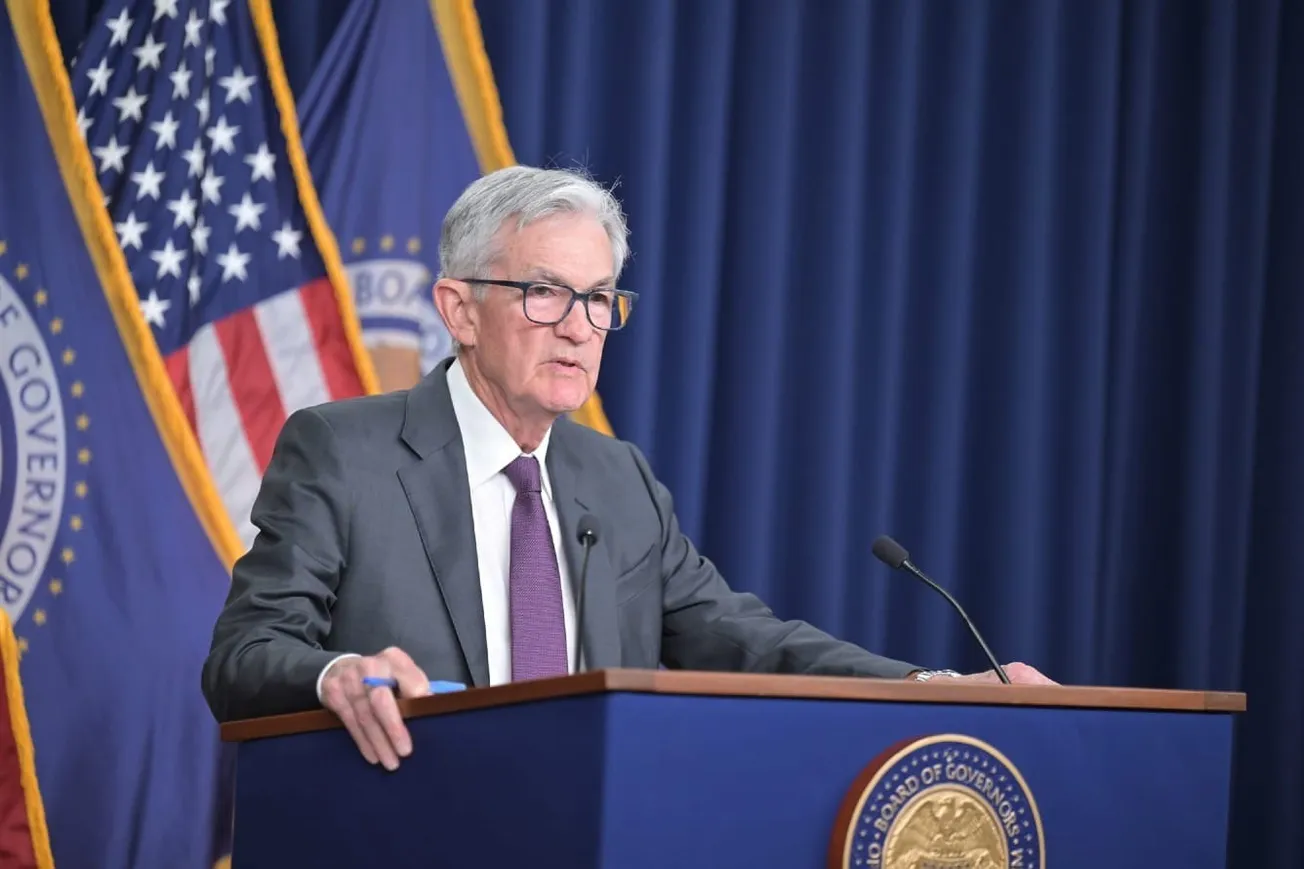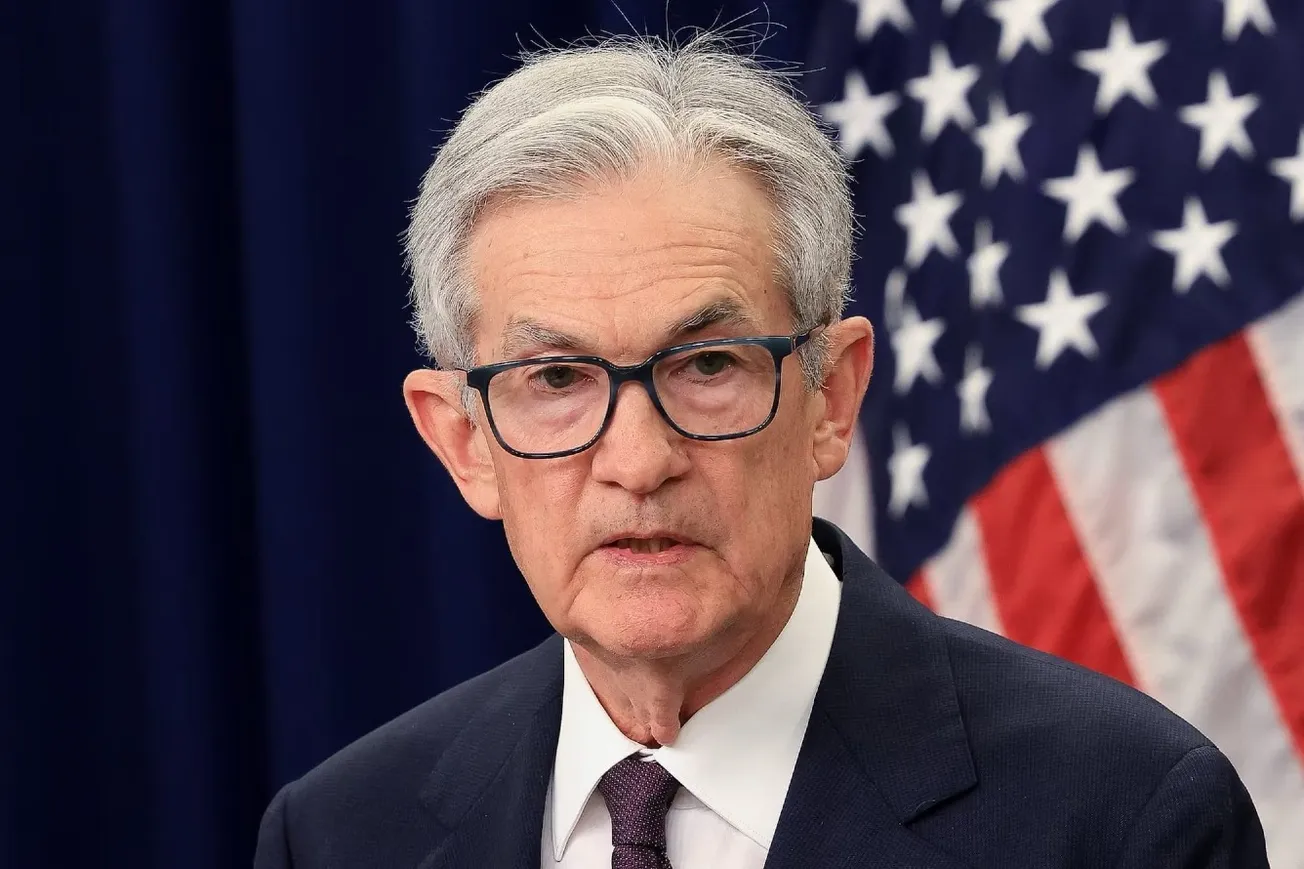Steve Hanke And Matt Sekerke for Daily Caller News Foundation
The Federal Reserve’s monetary mismanagement has given bondholders a wild rollercoaster ride in the past few years. Most recently, the Fed’s dramatic rate hikes have collided with the banking system’s $5 trillion securities portfolio.
That is because bond values move inversely with interest rates. So, rising rates mean falling bond prices. The effect is greater for longer-duration bonds, and amplified when the starting point for rates is close to zero.
After COVID, interest rates went to zero and trillions in new long-term debt were issued by the Treasury. Many were relieved when so much new debt was absorbed without a rise in long-term rates. Government-sponsored enterprises followed with their own burst of mortgage-backed security (MBS) issuance as nearly everyone with a home refinanced to lock in historically low rates.
But with only one way for interest rates to go from there, future capital losses for bond holders were a virtual certainty. Some such losses would necessarily materialize in the commercial banking system, which is a major holder of Treasury debt and agency MBS.
A well-managed bank should have spotted this risk from a mile away. It can be managed by owning short-term bonds, or by hedging in derivatives markets. But can the entire banking system offload its interest rate risk at the same time?
The problem is that the banking system collectively holds $3 trillion in agency MBS and $1.5 trillion in Treasuries. While short-term Treasury instruments exist, there aren’t enough of them to absorb all the bank money tied up in agency MBS and long-term Treasuries.
Furthermore, the interest rate futures complex lacks the capacity (open interest) to hedge risk for the entire banking system, and the over-the-counter markets are dominated by the same banks who want to shed risk. As a result, it is impossible for the entire banking system to simultaneously hedge its interest rate risk.
This represents a classic fallacy of composition. It is rational for an individual bank to manage its interest rate risk using all the above tools, but it is not possible for all banks to simultaneously manage their interest rate risk this way.
Overall, the banking system is in the impossible position of being awash in liquidity, investing the proceeds in a set menu of liquid investments and then dealing with the interest rate risk on the back end. Banks can’t fully hedge, and they can’t sell without tanking bond markets.
While banks like Silicon Valley Bank, Silvergate and Signature were ultimately consumed by their own incompetence, it is the Fed’s monetary mismanagement that has put the banking system as a whole into a tight un-hedgeable position.
Steve H. Hanke is a professor of applied economics at the Johns Hopkins University in Baltimore and served on President Reagan’s Council of Economic Advisers. You can follow Hanke on Twitter (@steve_hanke). Matt Sekerke is a Fellow at the Johns Hopkins Institute for Applied Economics, Global Health, and the Study of Business Enterprise.
Original article link









